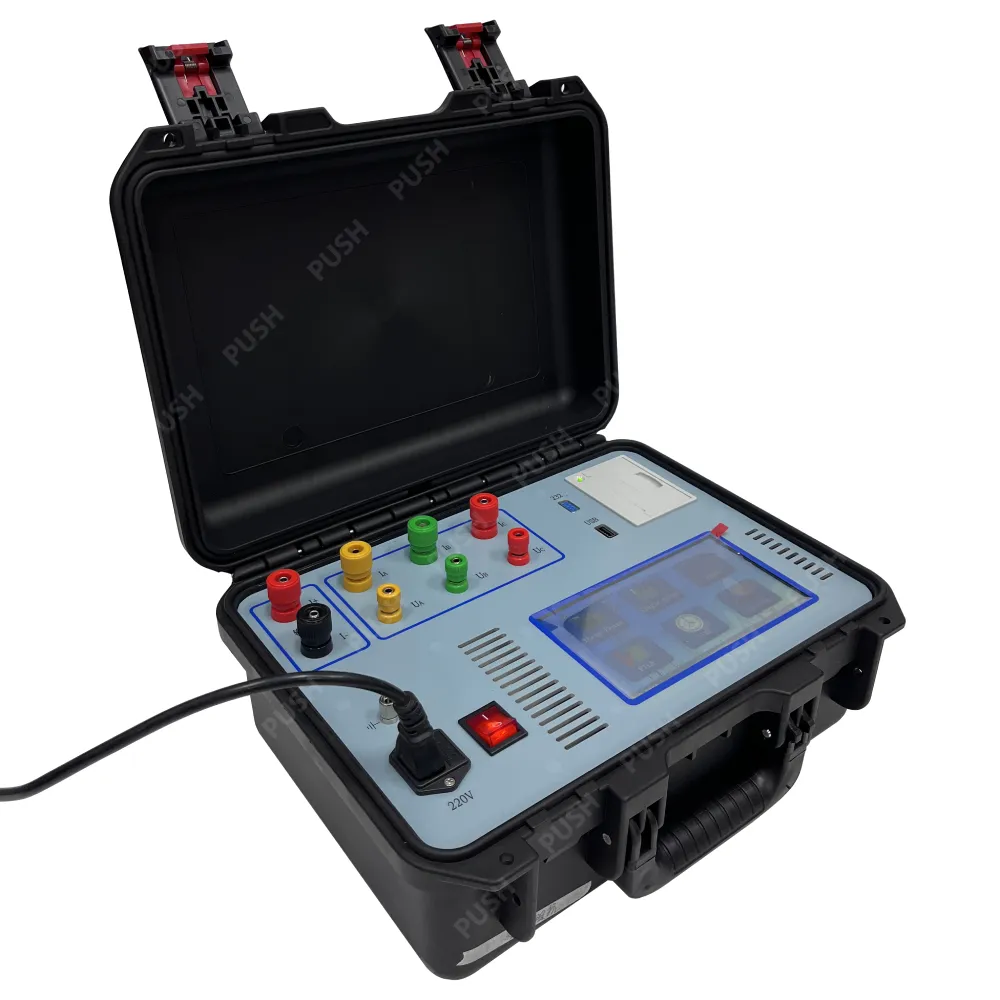 English
English


Advanced Gas Chromatography Solutions for Accurate Analysis
Understanding Gas Chromatography A Key Analytical Technique
Gas chromatography (GC) is a widely used analytical technique that plays a pivotal role in chemical analysis. It separates and analyzes compounds that can be vaporized without decomposition. By employing this method, scientists can identify and quantify various substances within a mixture, making it indispensable in fields such as environmental science, food safety, pharmaceuticals, and forensic investigations.
Principles of Gas Chromatography
At the core of gas chromatography is the principle of partitioning between a stationary phase and a mobile phase. The mobile phase is an inert gas, typically helium or nitrogen, which transports the sample through a column that contains the stationary phase, a liquid or solid absorbed onto a solid support. As the sample enters the column, its components are separated based on their volatilities and affinities to the stationary phase. Compounds that interact more with the stationary phase will travel more slowly, while those that are less interactive will move faster through the column. This separation results in distinct peaks on a chromatogram, which represent individual components of the mixture.
Equipment Components
A typical gas chromatograph consists of several key components an injector, a column, a detector, and a data analysis system. The injector introduces the vaporized sample into the carrier gas stream. The column, housed in an oven that can be heated, is where the actual separation takes place. After separation, the effluent from the column passes through a detector, which generates a signal proportional to the amount of each compound present. Common detectors used in GC include the flame ionization detector (FID) and the thermal conductivity detector (TCD).
Applications of Gas Chromatography
a gas chromatograph

Gas chromatography has a wide range of applications across various sectors. In environmental science, GC is employed to analyze pollutants in air or water samples. It helps in detecting harmful substances such as volatile organic compounds (VOCs) and pesticides, ensuring compliance with environmental regulations. In the food industry, GC is essential for assessing flavors, fragrances, and contaminants, ensuring food safety and quality.
In pharmaceuticals, GC is used for the purity analysis of drugs and the determination of residual solvents. The forensic field also relies on gas chromatography to analyze substances in criminal investigations, linking samples to potential sources or suspects.
Advantages and Limitations
One of the significant advantages of gas chromatography is its high resolution and sensitivity, allowing for the detection of trace levels of compounds. Additionally, it offers rapid analysis times, making it suitable for high-throughput environments. However, GC is not without its limitations. It is primarily suitable for volatile and thermally stable compounds, which may restrict its application for certain substances.
Conclusion
Gas chromatography has established itself as a cornerstone of modern analytical chemistry. Its ability to provide accurate and reliable results has made it a preferred choice for researchers and industries alike. As technology advances, the capabilities of gas chromatography continue to evolve, promising even greater applications in the future. Understanding its principles and applications is crucial for anyone involved in chemical analysis, ensuring that critical information is accurately obtained and utilized.
-
Differences between open cup flash point tester and closed cup flash point testerNewsOct.31,2024
-
The Reliable Load Tap ChangerNewsOct.23,2024
-
The Essential Guide to Hipot TestersNewsOct.23,2024
-
The Digital Insulation TesterNewsOct.23,2024
-
The Best Earth Loop Impedance Tester for SaleNewsOct.23,2024
-
Tan Delta Tester--The Essential Tool for Electrical Insulation TestingNewsOct.23,2024





